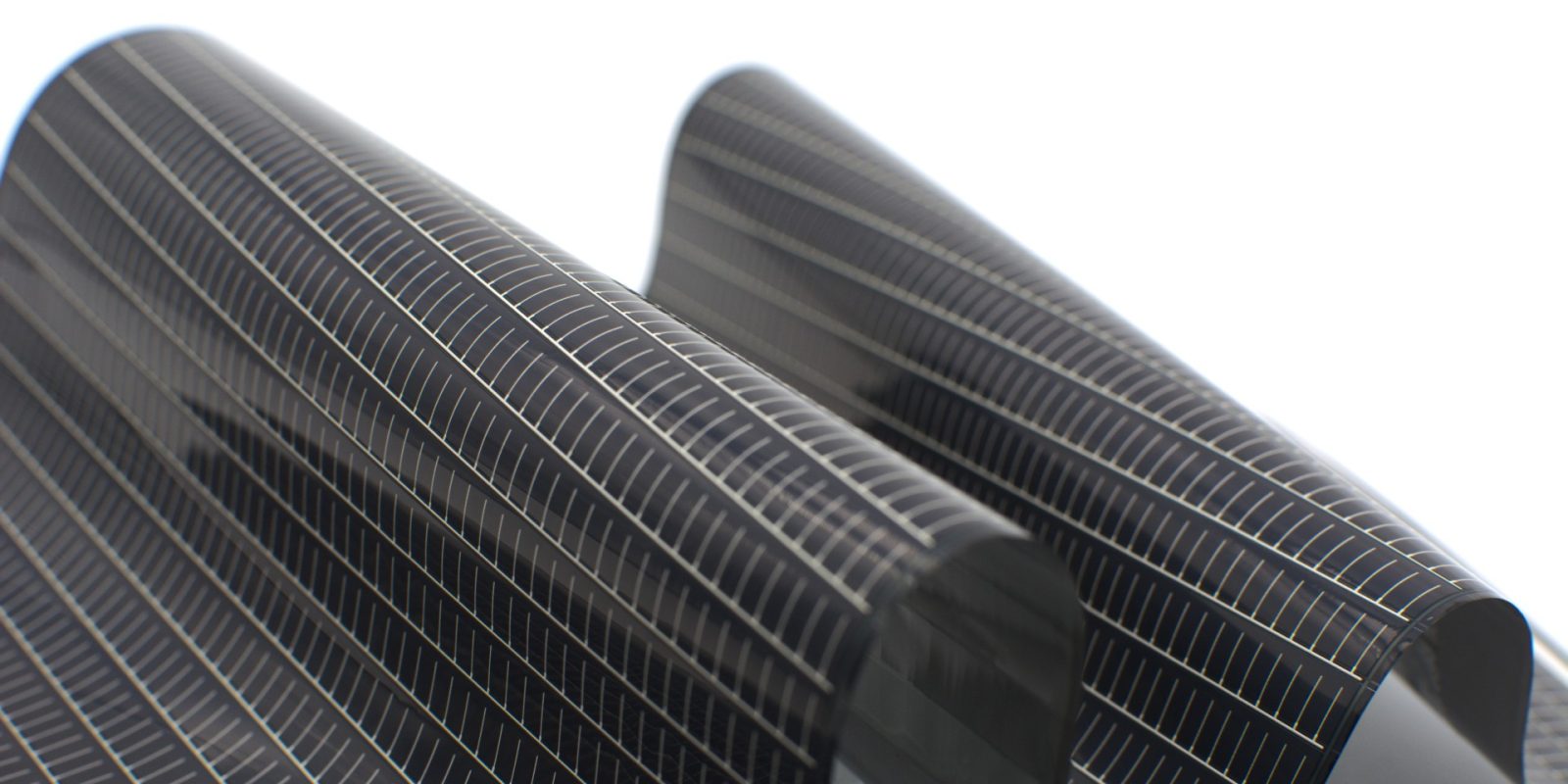
NASA is taking Ascent Solar Technologies‘ (Nasdaq: ASTI) flexible thin-film solar on a “big power for small spacecraft” mission this summer.
NASA’s Space Technology Mission Directorate and the Marshall Space Flight Center in Huntsville, Alabama, are leading the mission, which is developing a space power system using lightweight, flexible photovoltaic (PV) to provide low-cost power for spacecraft.
It’s called the Lightweight Integrated Solar Array and anTenna (LISA-T) mission, and it’s a launch-stowed, orbit-deployed array embedded with thin-film PV and antenna elements.
It’s the fourth mission in NASA’s Pathfinder Technology Demonstrator (PTD) series that puts novel, small spacecraft technologies to the test in orbit. Managed by the Ames Research Center in Silicon Valley, these missions integrate cutting-edge technologies into NASA’s future science and exploration missions.

Ascent Solar Technologies’ solar arrays for LISA-T are light, take up less space when packed, and pump out three times the power compared to other PV options. The arrays are designed to scale larger than the mission’s standard size and form factor CubeSat nanosatellites, with options capable of generating kilowatts of power to small spacecraft.
Paul Warley, CEO of Ascent Solar Technologies, said:
Selection for this upcoming space mission is the culmination of years of Ascent’s work with NASA to optimize the PV modules that enabled LISA-T’s ambitious spacecraft mass and power budgets to close…
The modules developed for LISA-T informed the design of Ascent’s Titan line of space products, facilitating further maximization of power generation to the extent that spacecraft can produce kilowatts per kilogram of array in the space environment with minimal degradation over the life of the mission.
Ascent Solar Technologies announced in November that it would launch the Titan line, optimized for use in a space environment with a power output of 17.55% efficiency, this quarter. The Titan module is about one square foot in size, 10 grams in weight, and has a target output of 17 watts.
Before this mission, Ascent’s PV technology had already been put through its paces on the International Space Station in NASA’s Materials International Space Station Experiment (MISSE-X). The flexible copper indium gallium selenide (CIGS) arrays handled the harsh conditions of space, both in bare form and when encapsulated.
More of Ascent’s solar modules, this time featuring cost-effective and lighter laminates, are slated for evaluation on a MISSE payload scheduled to hitch a ride to the space station on SpaceX’s 30th Commercial Resupply Mission in March.
Read more: This US solar company is about to ramp up flexible thin-film solar
To limit power outages and make your home more resilient, consider going solar with a battery storage system. In order to find a trusted, reliable solar installer near you that offers competitive pricing, check out EnergySage, a free service that makes it easy for you to go solar. They have hundreds of pre-vetted solar installers competing for your business, ensuring you get high quality solutions and save 20-30% compared to going it alone. Plus, it’s free to use and you won’t get sales calls until you select an installer and you share your phone number with them.
Your personalized solar quotes are easy to compare online and you’ll get access to unbiased Energy Advisers to help you every step of the way. Get started here. – ad*
FTC: We use income earning auto affiliate links. More.



Comments